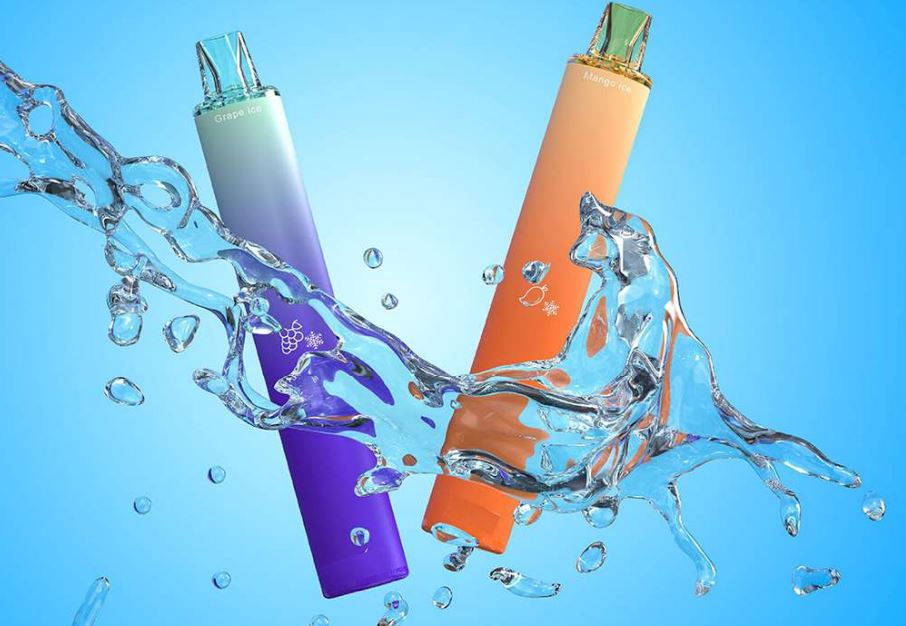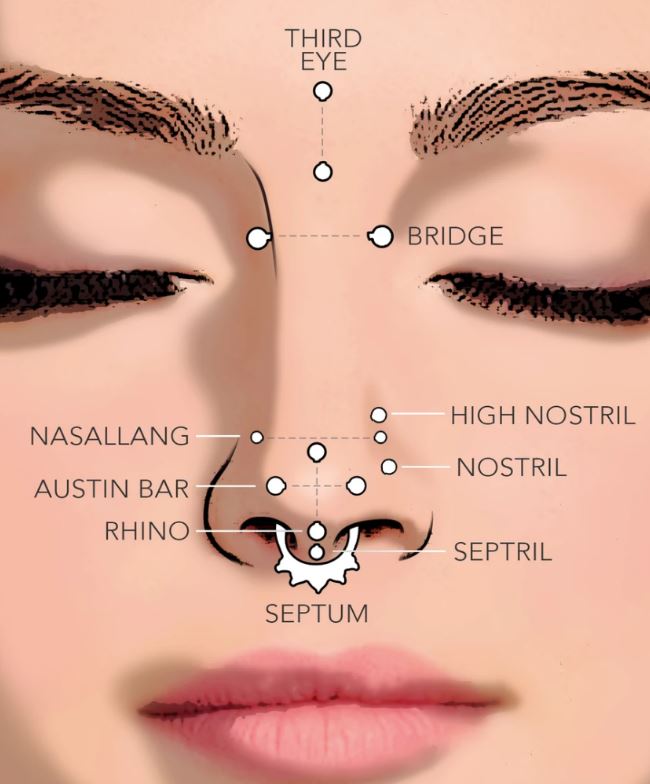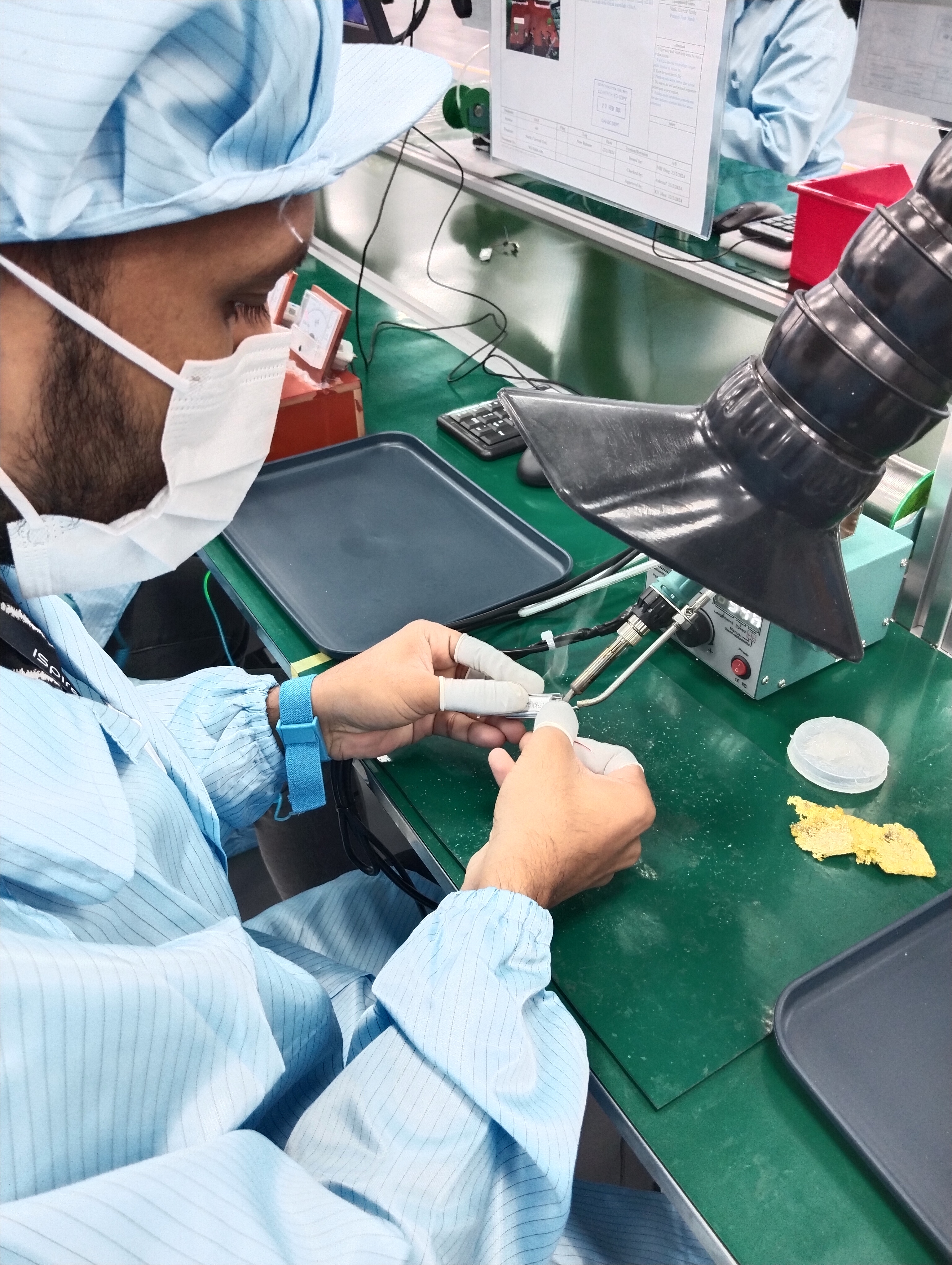Sponsor Ads
Non-China Vape, 510 Cartridges & Battery Device Maker
If you are going for a vape manufacturer out of China we are you best choice. We offer a alternative vape production location with a very competitive price. You can save money by buying directly from us the manufacturer, without any middlemen or extra fees. You can also enjoy discounts for bulk orders and special offers for long term & loyal customers.
We offer small trial orders where you can test the quality and performance of the products before placing a large order. Fast shipping and cheaper shipping cost from Malaysia and Singapore ports. You don't have to wait long to receive your products.
Contact Us!
Contribute for our website Maintenance! We want to keep it free for all visitors.
Trending Best Sellers
Plastic News
Trending Best SellersUS Plastics Pact's ‘problem' list just part of broader trend

The recent announcement from the U.S. Plastics Pact that its member companies will phase out "problematic" plastics like polystyrene and vinyl in packaging by 2025 may have seemed like a lightning bolt.
The pact and its members, which collectively make or use one-third of the plastics packaging in the U.S. market, announced a voluntary plan Jan. 25 to eliminate 11 problematic materials that they say contaminate the recycling stream.
It's the first big step in the pact's ambitious — some say overly ambitious — plan to have 50 percent of plastic packaging recycled or composted and have 30 percent recycled content by 2025. In a way, the list is low-hanging fruit since the companies in the pact, such as Coca-Cola, Nestle, Walmart and Target, have a lot more control over their material choices than they do over low U.S. recycling rates.
The list got a lot of attention for who the pact members are. But it's not something happening in isolation. There are similar efforts in government. California passed a law, SB-343, last year that puts tougher limits on recyclability labeling and directs the state agency CalRecycle to come up with a list of recyclable materials. Materials not on the list could have a harder time being in curbside collection programs.
It's not clear what CalRecycle could put on the list, but a state advisory panel on recycling last year recommended that only PET and high density polyethylene among plastics be included. Some who follow it think CalRecycle could adopt that panel's list.
As well, the U.S. Federal Trade Commission is expected to revise its Green Guides this year, with environmental groups pushing for stronger regulations.
It's all part of the same push: To try to improve the quality of recycled materials by limiting products that have low recycling rates or that are themselves contaminants for plastics with better recycling performance.
Some plastics industry groups that are not in the pact strongly protested the pact's list, saying it lacked scientific rigor or should not restrict business choices. It's clearly a complex topic, and the pact said it will now turn to developing guidance on "circular alternatives."
Critics of the list within the plastics industry predicted companies could have a hard time finding substitutes with the same performance or with the same light weight of plastics.
But others in the plastics industry support the pact's list. The head of the Association of Plastic Recyclers, in a Jan. 25 podcast, argued that the status quo isn't working and the pact represents a chance to make progress.
"We have to change what we've been doing because all of the efforts that have taken place in the recycling plastics arena have simply not resulted in substantial progress in terms of dealing with the sustainability issues relative to plastics packaging," said Steve Alexander, president and CEO of APR. He sits on the pact's advisory council.
That's a key point, that the status quo really isn't working.
Groups like the American Chemistry Council agree more must be done and point to their own plans for mandated recycled content in plastics by 2030 or extended producer responsibility. They argue their longer time frame is more realistic.
One challenge is we've had a long time of doing very little to make any real progress on recycling. Less than 14 percent of all plastics in containers and packaging in the U.S. were recycled in 2018, according to EPA statistics.
And even our best-performing plastics in recycling are well below the 50 percent target the pact has, with PET bottles at about 27 percent and HDPE at around 30 percent.
Comments
What you think?
Recent Articles
-
Riche Niche: Health | Lifestyle | Fashion | Marketing | Technology
Mar 14, 25 09:18 AM
Our Riche Niche blog is the easiest way to stay up-to-date with the latest news, trends and articles published on this site. -
The Therapeutic Potential of Medical Cannabis Vaporization
Aug 05, 24 09:32 PM
The use of medical cannabis has been a subject of much debate and research over the years. With the growing acceptance of cannabis for medical purposes, various methods of administration have been exp… -
Amazon Spring Sale: A Season of Spectacular Savings
Mar 18, 24 08:38 AM
Amazon Spring Sale: A Season of Spectacular Savings -
Understanding Nose Piercing Types: A Guide for Teens
Mar 16, 24 09:19 AM
Explore the rising trend of nose piercings among teenagers, understanding the various types and their cultural implications for a stylish appeal. -
Infected Nose Piercing
Mar 16, 24 09:18 AM
You can expect symptoms of infected nose piercing to resemble any other kind of body piercing infection. -
EMS manufacturing services in Malaysia
Mar 09, 24 10:33 PM
Malaysia is one of the leading countries in Southeast Asia that offers EMS manufacturing services to both local and international clients. -
Laundry Business: The Need for Payment System Upgrades
Mar 08, 24 11:14 AM
Discover the benefits of upgrading your laundry business's payment system. Enhance efficiency, increase profits, and improve customer convenience. -
Nose Peircing Store
Feb 18, 24 02:38 AM
A collection of latest at our nose peircing store. -
How to Choose the Right Coffee Maker for Your Needs
Feb 18, 24 02:12 AM
We'll compare the pros and cons of four common types of coffee makers: drip, French press, espresso, and vacuum. We'll also give you some tips on how to choose the right one based on your preferences… -
Emulate Celebrities with Nose Piercings
Feb 06, 24 08:13 AM
Discover the celebrities with nose piercing and get inspired for your next piercing! From studs to septum rings, our list has it all. Read more! -
Types of Nose Rings
Feb 06, 24 08:11 AM
Types of Nose Rings -
Is my nose piercing ring is sinking in?
Feb 06, 24 08:10 AM
Is my nose piercing ring is sinking in? Or just swollen? -
Dry Herb Vape Pens-Discover the Advantages of Malaysian Made
Feb 04, 24 12:39 PM
Choose our non-China dry herb vape pen for its high production standards, strict quality control, and excellent craftsmanship. -
Trinity Nose Ring A Unique Fashion Statement
Feb 03, 24 08:36 PM
Explore the world of trinity nose rings, a unique piece of jewelry that adds elegance and style to your look. Understand the different types and choose the right one for you. -
Redefining Beauty: The Rise of Nose Piercing Trend in the USA
Feb 02, 24 08:34 AM
Explore the evolution of the nose piercing trend in the USA, from ancient tradition to modern expression of individuality.













